Computational exploration of two-dimensional vacancy-free boridene sheet and its derivatives: high stabilities and the promise for hydrogen evolution reaction
Abstract
The recent synthesis of a two-dimensional (2D) MBene sheet, referred to as the boridene sheet (Mo4B6Tz), has ignited considerable interest in exploring 2D transition metal borides. Boridene has an ordered arrangement of metal vacancies, which are pivotal to its stability. Employing first-principles calculations, we explored the stable phases, electronic properties and catalytic abilities of boridene with different vacancy concentrations (Vm). Our results demonstrate that Vm significantly influences the cohesive energies of boridene sheets. Phonon spectrum and ab initio molecular dynamics simulations reveal the high stability of the vacancy-free boridene Mo6B6T6 (T = O, -OH), underscoring their potential for experimental realization. Substituting Mo atoms with Nb, Ta, or W enhances the structural stability of boridene sheets, leading to the identification of four stable variants: Nb6B6F6, Ta6B6F6,
Keywords
INTRODUCTION
The emergence of graphene has spurred the exploration and production of numerous other two-dimensional (2D) materials[1-4]. These include transition metal carbides, nitrides, and carbides/nitrides, commonly known as MXenes, which present intriguing prospects for expanding the realm of 2D materials[5-8]. MXenes are a class of materials formed by selectively removing atomic layers from their parent “MAX” phase, where “M” represents a transition metal, “A” indicates an element predominantly from columns IIIA and IVA, and “X” denotes either carbon or nitrogen[9,10], with over 100 MXenes having been either theoretically predicted or experimentally synthesized. This growing repertoire of MXenes demonstrates their immense potential for diverse applications, such as transistors, batteries, and magnetism-based technologies[11-20]. In particular, they have found extensive use in catalytic applications such as hydrogen/oxygen evolution reactions, oxygen reduction reactions, nitrogen reduction reactions, CO2 reduction reactions, and more[21-23].
The boom of MXenes has further inspired efforts to extend their composition beyond the carbon/nitrogen elements. This has resulted in the emergence of transition metal borides, also known as MBenes, in recent years[24-26]. MBenes are derived from ternary or quaternary MAB phases, with “B” representing the boron element, and they exhibit a diverse range of complex structures and stoichiometries[27]. Currently, several types of MBenes, such as Cr2B2 and Mo2B2, have been synthesized[28,29], and over 50 MBene candidates have been predicted[22]. They have displayed fascinating properties, including exceptional electrical conductivity, high mechanical strength and stability, and remarkable thermal conductivity[30-33]. Consequently, MBenes hold great promise in various fields such as batteries, biomedicine[34], and catalysts for energy conversion[35].
In a recent experimental study, a new MBene sheet called the boridene sheet was successfully synthesized, with the formula Mo4/3B2Tz (Tz denotes O, F, or OH surface terminations)[36]. The boridene sheet consists of three atomic layers arranged as Mo-B-Mo. Unlike previously reported MXene and MBene sheets, the boridene sheet exhibits ordered Mo vacancies above and below the B layer, which result from the selective etching of Y atoms in the bulk phases of (Mo2/3Y1/3)2AlB2. Since vacancies substantially influence the stability and physical and chemical properties of materials, it is natural to ask: How would the vacancy concentration (Vm) affect the stability of the boridene sheet? Is it possible to discover stable boridene sheets with lower energy and unique properties?
In this study, we systematically investigated the stable phases and properties of boridene sheets with varying Vm. Our study begins by analyzing the vacancy-dependent stabilities of the experimentally realized Mo4B6 boridene sheet. We found that the vacancy-free configuration, namely the Mo6B6 structure, exhibits lower cohesive energy (Eco) than Mo4B6. We then expanded our study to explore the stabilities of Mo6B6 and its derivatives by replacing Mo with Ta, Nb, or W atoms. We totally considered twenty-four possible M6B6T6 phases and examined their phonon spectrum and ab initio molecular dynamics (AIMD) results. We have identified six M6B6T6 (M = Mo, Nb, Ta, and W, T = O, F, and OH) sheets with high stabilities: Mo6B6O6,
MATERIALS AND METHODS
Our first-principles calculations were based on density functional theory (DFT) and implemented in the Vienna ab initio simulation package (VASP)[37]. The interactions between the ionic cores and the valence electrons were described by the projector-augmented-wave (PAW)[38] method. Electrons in the brackets of Mo[4d55s1], Nb[4d45s1], Ta[5d36s2], W[5d46s2], H[1s1], O[2s22p4] and F[2s22p5] are treated as valence electrons. The Perdew-Burke-Ernzerhof functional (PBE)[39] within the generalized gradient approximation (GGA) was used throughout our computations. The energy cut off of the plane waves was set to 400 eV. The structures were completely relaxed, and the numerical convergence was achieved with a tolerance of 0.005 eV/Å in force and 10-6 eV in energy. The Monkhorst pack k-point grid of 7 × 7 × 1 and 14 × 14 × 1 was used for geometric optimization and self-consistent calculation, respectively. To avoid artificial interactions between the neighboring layers, we set the vacuum slab larger than 20 Å in the z-direction. The phonon spectrum was calculated based on the density functional perturbation theory using the PHONOPY package[40]. In phonon calculations, tighter convergence criteria (0.002 eV/Å for force and 10-8 eV for energy) with a finer k-point grid (2π × 0.02 Å-1) were employed. The AIMD simulations were performed using the canonical ensemble with temperature controlled by a Nosé-Hoover bash scheme[41]. The time scale is set to
The strain ε is defined as ε = (a - a0)/a0, where a is the lattice parameter in the strained state and a0 represents that for the strain-free state. The total HER pathway can be written as H+ + e- → 1/2H2[42]. The Gibbs free energy (ΔGH*) of hydrogen atom adsorption is the critical descriptor for hydrogen evolution,[43,44] defined as ΔGH* = ΔEH + ΔEZPE - TΔSH, where ΔEH, EZPE, and ΔSH are the hydrogen chemisorption energy, the reaction zero-point energy, and the entropy change between the adsorbed state and the gas phase, respectively. As EZPE - TΔSH = 0.24 eV is a well-established approximation[42], we simplify the ΔGH* as ΔGH* = ΔEH + 0.24.
RESULTS AND DISCUSSION
Vacancy concentrations of boridene sheets
Vacancies are inherent point defects in the experimentally realized crystal structures. Vm substantially affects the heat transport of atoms, thus influencing the electronic, thermal, and magnetic engineering properties of materials. Experimentally, vacancy defects in 2D materials can be deliberately produced during post-synthesis by several approaches, such as ion/electron irradiation[45], plasma treatments[46] and high-temperature annealing in the presence of different gases[47].
The pristine boridene Mo4B6 sheet [Figure 1A and B] crystallizes in a hexagonal lattice (space group: P321) with three atomic layers stacked as Mo-B-Mo. The centered boron layer possesses a honeycomb pattern sandwiched by two metal layers with misaligned vacancy sites. The metal atoms in pristine Mo4B6 are undercoordinated, making them chemically active. Previous studies[48] have shown that the bare structures are vulnerable to surface terminations such as O, OH, and F, and the functional groups tend to prefer adsorption on the bridge sites of M atoms. Therefore, the chemical formula of functionalized boridene can be expressed as M4B6T6 (T = O, OH, F) with the unit cell containing four metal atoms, six boron atoms, and six functional groups.
Figure 1. (A and B) Top view and side view of the Mo4B6 sheet. The vacancy sites are indicated by dashed circles. (C) Computed Cohesive energies of boridene sheets with different vacancy concentrations (Vm).
Different from previously reported 2D materials such as graphene, transition metal dichalcogenides, and MXenes, whose pristine structures are vacancy-free, the synthesized boridene contains two Mo vacancies in a unit cell [Figure 1B]. To explore the effect of vacancy defects on the stabilities of the boridene sheet, different concentrations of Mo and B vacancies were considered in 1 × 2, 1 × 3 and 2 × 2 supercells.
We defined the Vm of pristine Mo4B6 as the ratio of vacancies to the total number of atoms. Therefore, the metal Vm of the pristine structure is 2/12 (16.67%). Initially, we increased the metal vacancies by removing one or two Mo atoms from a unit cell. This resulted in Mo3B6 and Mo2B6 with the Vm values of 3/12 (25%) and 4/12 (33%), respectively. Noticeably, the two cases exhibit various structural configurations with multiple defects. In Supplementary Figures 1 and 2, we have depicted the potential positions of vacancies in each phase and computed their respective formation energies. Further investigations were carried out exclusively on the structure with the lowest energy.
Next, we aim to reduce the Vm in the structure. This can be achieved by either introducing additional atoms into the primitive cell (such as Mo5B6 and Mo6B6) or by removing atoms from the larger supercells (such as Mo10B12, Mo16B18, and Mo22B24 in a 1 × 2, 1 × 3 and 2 × 2 supercell, respectively
Lattice constants a and b (in Å), average bond length for Mo-B and B-B (in Å), the vacancy concentrations (Vm) and cohesive energy (in eV per atom) for different structures
| Formula | a | b | Mo-B | B-B | Vm (%) | Cohesive energy |
| Mo2B6 | 5.22 | 5.22 | 2.15 | 1.78 | 33.33 | -6.09 |
| Mo3B6 | 5.13 | 5.13 | 2.22 | 1.70 | 25 | -6.32 |
| Mo4B6 | 5.17 | 5.17 | 2.29 | 1.79 | 16.67 | -5.72 |
| Mo5B6 | 5.38 | 5.38 | 2.29 | 1.79 | 8.33 | -6.86 |
| Mo6B6 | 5.38 | 5.38 | 2.29 | 1.79 | 0 | -6.87 |
| Mo10B12 | 10.53 | 5.28 | 2.30 | 1.78 | 8.33 | -6.83 |
| Mo16B18 | 15.90 | 5.28 | 2.26 | 1.76 | 5.56 | -6.90 |
| Mo22B24 | 10.77 | 10.77 | 2.28 | 1.78 | 4.17 | -6.95 |
The stability of the defective structures was assessed by calculating their Eco, defined as:
where E(MoxBy) is the total energies of the 2D sheets, and E(Mo) and E(B) are the energy of isolated Mo and B atoms, respectively. Taking the pristine Mo4B6 sheet as the reference (Vm = 16.67%), we found that the change of Vm decreases Eco [Figure 1C, Table 1], indicating the enhancement of material stability. For example, the Eco of vacancy-free boridene Mo6B6 is -6.87 eV/atom, lower than many other transition metal borides such as FeB2 (-4.87 eV/atom)[49], FeB3 (-5.93 eV/atom)[50], and FeB6 (-5.79 eV/atom)[51] monolayers.
Stabilities of boridene sheets and its derivatives
To further identify the dynamical stability of boridene sheets with different defect concentrations, the phonon spectrum for each structure was calculated. Previous research has demonstrated that the bare Mo4B6 sheet is highly unstable. However, introducing functional groups (-OH, -O, -F) on its surfaces has proven to significantly enhance its stability[48]. By employing a similar approach, we conducted phonon spectrum calculations for Mo5B6, Mo6B6, Mo10B12, Mo16B18, and Mo22B24 sheets with various functional groups. We found that the vacancy-free Mo6B6 layers [Supplementary Figure 5] functionalized with -O and -OH groups, namely Mo6B6O6 and
We further evaluated their thermal stabilities by conducting AIMD simulations at 300 K over the time scale of at least 5 ps. Analysis of the snapshots captured at the end of AIMD simulation reveals the excellent preservation of both hexagonal frameworks, with no observable fractures in chemical bonds
Figure 3. AIMD simulated results for different M6B6T6 (M = Mo, Nb, Ta, W, T = O, F, OH) sheets at 300 K for 5 ps.
The above analysis not only demonstrates the high stability of the vacancy-free Mo6B6T6 sheets but also indicates that these materials exhibit even lower formation energy than the experimentally synthesized boridene sheets. This suggests that the vacancy-free boridene sheets hold great promise for future experimental validation.
The high stability of the Mo6B6 framework has prompted us to further explore whether other transition metals can stabilize this structure. To investigate this, we replaced Mo with neighboring transition metals, such as Nb, W, and Ta, from the periodic table. We performed dynamical and thermal stability tests on the functionalized M6B6T6 sheets (M = Nb, W, or Ta and T = O, OH, or F). As a result, we additionally identified four M6B6T6 sheets, namely Nb6B6F6, Ta6B6F6, Ta6B6O6, and W6B6O6, to be very stable (see Figure 2C-F, Figure 3C-F). Although a W6B6(OH)6 sheet displays dynamical stability, its thermodynamic instability prompts us to exclude it from further discussion. However, we have included its structural and electronic properties in the Supplementary Material [Supplementary Figures 6 and 7, Supplementary Table 1].
Bonding and charge analysis
We have identified six stable M6B6T6 sheets, in which the element M can be Mo, Nb, W, or Ta, and the terminal T can be -O, -OH, or -F. The lattice parameters and Eco for these structures are summarized in Table 2. Noticeably, the Eco values range from -5.79 to -7.50 eV, lower than many previously reported boron-based layers[49,50,55,56].
Lattice constants (in Å) and cohesive energies (in eV) of different M6B6T6 sheets
| System | a | b | Cohesive energy |
| Mo6B6O6 | 5.11 | 5.11 | -6.98 |
| 5.46 | 5.26 | -5.79 | |
| Ta6B6O6 | 5.29 | 5.29 | -7.50 |
| Ta6B6F6 | 5.39 | 5.39 | -6.70 |
| W6B6O6 | 5.09 | 5.09 | -7.38 |
| Nb6B6F6 | 5.39 | 5.39 | -6.41 |
To gain a deeper understanding of the high stability exhibited by the functionalized M6B6T6 sheets, we have calculated the electron localization function (ELF) for all these sheets, as shown in Figure 4. For the bare
Figure 4. The slice cuts of ELF along the (001) plane for (A-D) the bare M6B6 sheets and (E-J) functionalized M6B6T6 sheets. The isovalue was set to 0.75 eÅ-3.
The Bader charge analysis reveals a significant electron transfer from the metal elements to the O, OH, and F terminals, with a range of 0.85-1.33 e (see the details in Supplementary Figure 8-13). This finding confirms that the functional groups can compensate for the extra electrons on the surface of the pristine
Mechanical properties
The mechanical properties of the functionalized M6B6T6 sheets were analyzed by calculating the elastic constants. According to the elastic stability criteria[57], a stable 2D hexagonal sheet should satisfy C44 > 0 and C11 > |C12|, where Cij is the elastic constants. For all M6B6T6 sheets, the calculated values of Cij [Table 3] indicate that these mechanical stability criteria are fully satisfied. Additionally, the estimated Poisson’s ratios, ν, are all positive, ranging from 0.098 to 0.3. The estimated Young’s modulus
Calculated elastic constants (in N/m), the Poisson's ratio ν, and the Young's modulus (in GPa·nm) for all structures
| System | C11 | C22 | C12 | C44 | ν | Young’s modulus |
| Mo6B6O6 | 130.13 | 133.99 | 12.7 | 59.92 | 0.098 | 292.05 |
| 82.63 | 105.67 | 23.02 | 34.67 | 0.28 | 218.37 | |
| Ta6B6O6 | 151.86 | 149.83 | 45.03 | 52.45 | 0.3 | 304.33 |
| Ta6B6F6 | 106.06 | 105.13 | 30.33 | 37.47 | 0.29 | 214.08 |
| W6B6O6 | 156.76 | 157.84 | 25.21 | 66.29 | 0.16 | 338.32 |
| Nb6B6F6 | 103.05 | 102.50 | 24.77 | 39.31 | 0.24 | 213.55 |
Furthermore, our study reveals that the Vm significantly affects the mechanical properties of the MoxBy sheets. By computing the elastic constants [Supplementary Table 2], we found a significant alteration in Poisson's ratio due to different Vm. Specifically, this ratio varied from v = 0.14 for Mo2B6 to v = 0.35 for
Electronic properties
Next, we analyze how the electronic properties of M6B6T6 are influenced by surface functionalization and composition. Figure 5 presents the calculated band structures for six different M6B6T6 sheets. The band structures revealed that all sheets exhibit metallic characteristics, similar to borophene[62] and some MXenes such as V2C and Nb2C[63]. The band dispersions of M6B6T6 were strongly affected by the surface terminals and different metal elements. For instance, the band structure of
Figure 5. (A-F) Band structures of different M6B6T6 sheets. Red circles locate the band crossing points near the Fermi level.
It is well-known that the PBE method can sometimes result in inaccurate electronic structures. Therefore, we employed the Heyd-Scuseria-Ernzerhof (HSE) method to obtain more accurate electronic properties. As depicted in Supplementary Figure 14, the band dispersion of each material is similar to that of the PBE results, and the Dirac points in
Figure 6 illustrates the partial density of states (PDOS) for the M6B6T6 sheets. The -O functionalized structures, namely Mo6B6O6, Ta6B6O6, and W6B6O6, show that the electronic states at the Fermi level are primarily dominated by the d orbitals of the metal atoms with a small contribution from the O-2p and B-2p states. In contrast, the -OH and -F functionalized structures exhibit negligible contributions from the
HER activity
By analyzing the DOS, we found that the predicted vacancy-free boridene sheets exhibit metallic properties and have significant DOS at the Fermi level. This suggests that the material has good conductivity, which could be advantageous for electrocatalytic processes. To investigate their potential as electrocatalysts, we mainly focus on their HER performance in the subsequent discussion. HER catalysts have been extensively studied in 2D materials, not only in the monolayer forms such as MBene and MXene but also in the heterostructures including N-doped graphene-based systems[35]. Hybridizing two types of 2D materials would lead to strong interlayer coupling, thus enhancing the HER performance, as exemplified in the
We calculated ΔGH* by testing different surface sites of vacancy-free boridenes. Among the six stable configurations, three are active for HER, including Mo6B6O6, Ta6B6O6, and
Figure 7. Gibbs free energy (ΔGH*) at the O sites of the (A) Mo6B6O6 and (B) Ta6B6O6 monolayers under different strains (ε).
As strain engineering is widely employed to modify the properties of 2D materials due to its simplicity and large adjustable range, we also explored the effect of strain on the HER performance for the above three sheets [Figure 7 and Supplementary Figure 16]. Experimentally, lattice strain can be readily applied for 2D materials by introducing stretchable substrates[67] or through doping methods[68]. We found that the strain engineering can modulate the HER performance of boridene sheets. Taking Mo6B6O6 as an example [Figure 7A], the tensile strain drives ΔGH* toward a more positive value, reducing the catalytic performance. On the contrary, a compressive strain can decrease the value of ΔGH*. Remarkably, applying a small strain of 1% can significantly enhance the HER performance of the O sites with the ΔGH* of 0.009 eV. Nb6B6F6 and
As Vm can usually modulate the HER activity of 2D materials due to their ability to influence adsorption energies and affect charge transfer dynamics at the surface, we calculated the ΔGH* of the MoxBy sheets with different Vm. As shown in Supplementary Figure 18, the bare Mo4B6 sheet (Vm = 16.67%) shows the largest ΔGH* of -0.84 eV, which is unfavorable for HER. In contrast, increasing Vm to 33% (Mo2B6) can greatly improve the catalytic activity of the material, with a ΔGH* of -0.14 eV, close to the ideal ΔGH* value.
CONCLUSIONS
In conclusion, through first-principles calculations, we have discovered a new type of MBene sheets, namely, the vacancy-free boridene M6B6T6 (M = Mo, Nb, Ta, and W, T = O, F, and OH) monolayers. These structures show a lower Eco than the boridene Mo4B6 sheet, indicating higher stability. We have identified a total of six boridene sheets that are inherently metallic and their band dispersions are intricately linked to their termination groups. Importantly, five of the M6B6T6 sheets exhibit significant catalytic activity for HER under neutral or charged conditions. Among them, the Mo6B6O6 sheet shows the most optimal ΔGH* value of -0.04 eV. This work introduces new low-energy phases in the MBene family and highlights their potential applications in catalysis.
DECLARATIONS
Authors’ contributions
Made substantial contributions to the conception and design of the study and performed data analysis and interpretation: Ma F, Jiao Y, Du A
Performed data acquisition and provided administrative, technical, and material support: Zhao Y, Zhang J, Ma F, Wu H, Meng W, Liu Y, Jiao Y, Du A
Availability of data and materials
Data will be made available upon request.
Financial support and sponsorship
This work is supported by the National Natural Science Foundation of China (Grant No. 11904077 and No. 12204144), the Natural Science Fund of Hebei Province (Grant No. A2022205027), financial support program from Hebei Province (Grant No. E2019050018, No. C20220503, and No. C20230509), Science Foundation of Hebei Normal University (Grant No. L2022B06), and the Key Program of Natural Science Foundation of Hebei Province (Grant No. A2021205024).
Conflicts of interest
All authors declared that there are no conflicts of interest.
Ethical approval and consent to participate
Not applicable.
Consent for publication
Not applicable.
Copyright
© The Author(s) 2024.
Supplementary Materials
REFERENCES
1. Ryu B, Wang L, Pu H, Chan MKY, Chen J. Understanding, discovery, and synthesis of 2D materials enabled by machine learning. Chem Soc Rev 2022;51:1899-925.
2. Qiu HJ, Ito Y, Cong W, et al. Nanoporous graphene with single-atom nickel dopants: an efficient and stable catalyst for electrochemical hydrogen production. Angew Chem Int Ed 2015;54:14031-5.
3. Zhang Y, Ugeda MM, Jin C, et al. Electronic structure, surface doping, and optical response in epitaxial WSe2 thin films. Nano Lett 2016;16:2485-91.
4. Jia Y, Zhang L, Gao G, et al. A heterostructure coupling of exfoliated Ni-Fe hydroxide nanosheet and defective graphene as a bifunctional electrocatalyst for overall water splitting. Adv Mater 2017;29:1700017.
5. Gogotsi Y, Huang Q. MXenes: two-dimensional building blocks for future materials and devices. ACS Nano 2021;15:5775-80.
6. Jiang Z, Wang P, Jiang X, Zhao J. MBene (MnB): a new type of 2D metallic ferromagnet with high Curie temperature. Nanoscale Horiz 2018;3:335-41.
7. Feng S, Miao N, Wang J. Hexagonal MBene (Hf2BO2): a promising platform for the electrocatalysis of hydrogen evolution reaction. ACS Appl Mater Interfaces 2021;13:56131-9.
8. Li Y, Li L, Huang R, Wen Y. Computational screening of MBene monolayers with high electrocatalytic activity for the nitrogen reduction reaction. Nanoscale 2021;13:15002-9.
9. Michałowski PP, Anayee M, Mathis TS, et al. Oxycarbide MXenes and MAX phases identification using monoatomic layer-by-layer analysis with ultralow-energy secondary-ion mass spectrometry. Nat Nanotechnol 2022;17:1192-7.
10. Zhou S, Yang X, Pei W, Jiang Z, Zhao J. MXene and MBene as efficient catalysts for energy conversion: roles of surface, edge and interface. J Phys Energy 2021;3:012002.
11. Bhat A, Anwer S, Bhat KS, Mohideen MIH, Liao K, Qurashi A. Prospects challenges and stability of 2D MXenes for clean energy conversion and storage applications. npj 2D Mater Appl 2021;5:1-21.
12. Li X, Huang Z, Shuck CE, Liang G, Gogotsi Y, Zhi C. MXene chemistry, electrochemistry and energy storage applications. Nat Rev Chem 2022;6:389-404.
13. Pang J, Chang B, Liu H, Zhou W. Potential of MXene-based heterostructures for energy conversion and storage. ACS Energy Lett 2022;7:78-96.
14. Shukla V. The tunable electric and magnetic properties of 2D MXenes and their potential applications. Mater Adv 2020;1:3104-21.
16. Anasori B, Lukatskaya MR, Gogotsi Y. 2D metal carbides and nitrides (MXenes) for energy storage. Nat Rev Mater 2017;2:16098.
17. Khazaei M, Ranjbar A, Arai M, Sasaki T, Yunoki S. Electronic properties and applications of MXenes: a theoretical review. J Mater Chem C 2017;5:2488-503.
18. Wang H, Wu Y, Yuan X, et al. Clay-inspired MXene-based electrochemical devices and photo-electrocatalyst: state-of-the-art progresses and challenges. Adv Mater 2018;30:e1704561.
19. Yu XF, Li YC, Cheng JB, et al. Monolayer Ti2CO2: a promising candidate for NH₃ sensor or capturer with high sensitivity and selectivity. ACS Appl Mater Interfaces 2015;7:13707-13.
20. Fu Z, Wang N, Legut D, et al. Rational design of flexible two-dimensional mxenes with multiple functionalities. Chem Rev 2019;119:11980-2031.
21. Anand R, Ram B, Umer M, et al. Doped MXene combinations as highly efficient bifunctional and multifunctional catalysts for water splitting and metal-air batteries. J Mater Chem A 2022;10:22500-11.
22. Zhang B, Zhou J, Sun Z. MBenes: progress, challenges and future. J Mater Chem A 2022;10:15865-80.
23. Zhu H, Liang Z, Xue S, et al. DFT practice in MXene-based materials for electrocatalysis and energy storage: from basics to applications. Ceram Int 2022;48:27217-39.
24. Yang X, Shang C, Zhou S, Zhao J. MBenes: emerging 2D materials as efficient electrocatalysts for the nitrogen reduction reaction. Nanoscale Horiz 2020;5:1106-15.
25. Wang J, Liu W, Luo G, et al. Synergistic effect of well-defined dual sites boosting the oxygen reduction reaction. Energy Environ Sci 2018;11:3375-9.
26. Zhang T, Zhang B, Peng Q, Zhou J, Sun Z. Mo2B2 MBene-supported single-atom catalysts as bifunctional HER/OER and OER/ORR electrocatalysts. J Mater Chem A 2021;9:433-41.
27. Khazaei M, Wang J, Estili M, et al. Novel MAB phases and insights into their exfoliation into 2D MBenes. Nanoscale 2019;11:11305-14.
28. Zhang H, Xiang H, Dai F, Zhang Z, Zhou Y. First demonstration of possible two-dimensional MBene CrB derived from MAB phase Cr2AlB2. J Mater Sci Technol 2018;34:2022-6.
29. Alameda LT, Moradifar P, Metzger ZP, Alem N, Schaak RE. Topochemical deintercalation of Al from MoAlB: stepwise etching pathway, layered intergrowth structures, and two-dimensional MBene. J Am Chem Soc 2018;140:8833-40.
30. Ma F, Jiao Y, Wu W, Liu Y, Yang SA, Heine T. Half-auxeticity and anisotropic transport in Pd decorated two-dimensional boron sheets. Nano Lett 2021;21:2356-62.
31. Gao Z, Wang Q, Wu W, et al. Monolayer RhB4: half-auxeticity and almost ideal spin-orbit Dirac point semimetal. Phys Rev B 2021;104:245423.
32. Jiao Y, Ma F, Zhang X, Heine T. A perfect match between borophene and aluminium in the AlB3 heterostructure with covalent Al-B bonds, multiple Dirac points and a high Fermi velocity. Chem Sci 2022;13:1016-22.
33. Gao Z, Ma F, Wu H, et al. Two-dimensional ruthenium boride: a Dirac nodal loop quantum electrocatalyst for efficient hydrogen evolution reaction. J Mater Chem A 2023;11:3717-24.
34. Xiao Y, Li Y, Guo Z, et al. Functionalized Mo2B2 MBenes: promising anchoring and electrocatalysis materials for lithium-sulfur battery. Appl Surf Sci 2021;566:150634.
35. Zhou S, Yang X, Pei W, Jiang Z, Zhao J. MXene and MBene as efficient catalysts for energy conversion: roles of surface, edge and interface. J Phys Energy 2021;3:012002.
36. Zhou J, Palisaitis J, Halim J, et al. Boridene: two-dimensional Mo4/3B2-x with ordered metal vacancies obtained by chemical exfoliation. Science 2021;373:801-5.
37. Kresse G, Furthmüller J. Efficient iterative schemes for ab initio total-energy calculations using a plane-wave basis set. Phys Rev B Condens Matter 1996;54:11169-86.
39. Perdew JP, Burke K, Ernzerhof M. Generalized gradient approximation made simple. Phys Rev Lett 1996;77:3865-8.
40. Togo A, Oba F, Tanaka I. First-principles calculations of the ferroelastic transition between rutile-type and CaCl2 -type SiO2 at high pressures. Phys Rev B 2008;78:134106.
41. Martyna GJ, Klein ML, Tuckerman M. Nosé-Hoover chains: the canonical ensemble via continuous dynamics. J Chem Phys 1992;97:2635-43.
42. Noerskov JK, Bligaard T, Logadottir A, et al. Trends in the exchange current for hydrogen evolution. ChemInform 2005;36:chin.200524023.
43. Conway BE, Bockris JOM. The adsorption of hydrogen and the mechanism of the electrolytic hydrogen evolution reaction. Naturwissenschaften 1956;43:446.
44. Parsons R. The rate of electrolytic hydrogen evolution and the heat of adsorption of hydrogen. Trans Faraday Soc 1958;54:1053.
45. Schwartz J, Aloni S, Ogletree DF, Schenkel T. Effects of low-energy electron irradiation on formation of nitrogen-vacancy centers in single-crystal diamond. New J Phys 2012;14:043024.
46. Tong B, Meng G, Deng Z, Horprathum M, Klamchuen A, Fang X. Surface oxygen vacancy defect engineering of p-CuAlO2 via Ar&H2 plasma treatment for enhancing VOCs sensing performances. Chem Commun 2019;55:11691-4.
47. Lin Z, Carvalho BR, Kahn E, et al. Defect engineering of two-dimensional transition metal dichalcogenides. 2D Mater 2016;3:022002.
48. Wu H, Gao Z, Ma F, et al. Surface functionalization of two-dimensional boridene family: enhanced stability, tunable electronic property, and high catalytic activity. Appl Surf Sci 2022;602:154374.
49. Zhang H, Li Y, Hou J, Du A, Chen Z. Dirac state in the FeB2 monolayer with graphene-like boron sheet. Nano Lett 2016;16:6124-9.
50. Tang C, Ostrikov KK, Sanvito S, Du A. Prediction of room-temperature ferromagnetism and large perpendicular magnetic anisotropy in a planar hypercoordinate FeB3 monolayer. Nanoscale Horiz 2021;6:43-8.
51. Zhang H, Li Y, Hou J, Tu K, Chen Z. FeB6 monolayers: the graphene-like material with hypercoordinate transition metal. J Am Chem Soc 2016;138:5644-51.
52. Cahangirov S, Topsakal M, Aktürk E, Sahin H, Ciraci S. Two- and one-dimensional honeycomb structures of silicon and germanium. Phys Rev Lett 2009;102:236804.
53. Molina-sánchez A, Wirtz L. Phonons in single-layer and few-layer MoS2 and WS2. Phys Rev B 2011;84:155413.
54. Yang LM, Bačić V, Popov IA, et al. Two-dimensional Cu2Si monolayer with planar hexacoordinate copper and silicon bonding. J Am Chem Soc 2015;137:2757-62.
55. Sun Y, Zhuo Z, Wu X, Yang J. Room-temperature ferromagnetism in two-dimensional Fe2Si nanosheet with enhanced spin-polarization ratio. Nano Lett 2017;17:2771-7.
56. Wu X, Dai J, Zhao Y, Zhuo Z, Yang J, Zeng XC. Two-dimensional boron monolayer sheets. ACS Nano 2012;6:7443-53.
57. Wu Z, Zhao E, Xiang H, Hao X, Liu X, Meng J. Crystal structures and elastic properties of superhard IrN2 and IrN3 from first principles. Phys Rev B 2007;76:054115.
58. Wang L, Kutana A, Zou X, Yakobson BI. Electro-mechanical anisotropy of phosphorene. Nanoscale 2015;7:9746-51.
59. Wang Y, Li F, Li Y, Chen Z. Semi-metallic Be5C2 monolayer global minimum with quasi-planar pentacoordinate carbons and negative Poisson's ratio. Nat Commun 2016;7:11488.
60. Bertolazzi S, Brivio J, Kis A. Stretching and breaking of ultrathin MoS2. ACS Nano 2011;5:9703-9.
61. Li J, Medhekar NV, Shenoy VB. Bonding charge density and ultimate strength of monolayer transition metal dichalcogenides. J Phys Chem C 2013;117:15842-8.
62. Mannix AJ, Zhou XF, Kiraly B, et al. Synthesis of borophenes: anisotropic, two-dimensional boron polymorphs. Science 2015;350:1513-6.
63. Gao G, O’mullane AP, Du A. 2D MXenes: a new family of promising catalysts for the hydrogen evolution reaction. ACS Catal 2017;7:494-500.
64. Volmer F, Ersfeld M, Faria Junior PE, et al. Twist angle dependent interlayer transfer of valley polarization from excitons to free charge carriers in WSe2/MoSe2 heterobilayers. npj 2D Mater Appl 2023;7:58.
65. Kaneti YV, Benu DP, Xu X, Yuliarto B, Yamauchi Y, Golberg D. Borophene: two-dimensional boron monolayer: synthesis, properties, and potential applications. Chem Rev 2022;122:1000-51.
66. Zhou S, Yang X, Pei W, Liu N, Zhao J. Heterostructures of MXenes and N-doped graphene as highly active bifunctional electrocatalysts. Nanoscale 2018;10:10876-83.
67. Conley HJ, Wang B, Ziegler JI, Haglund RF Jr, Pantelides ST, Bolotin KI. Bandgap engineering of strained monolayer and bilayer MoS2. Nano Lett 2013;13:3626-30.
Cite This Article
How to Cite
Zhao, Y.; Zhang, J.; Ma, F.; Wu, H.; Meng, W.; Liu, Y.; Jiao, Y.; Du, A. Computational exploration of two-dimensional vacancy-free boridene sheet and its derivatives: high stabilities and the promise for hydrogen evolution reaction. Microstructures. 2024, 4, 2024032. http://dx.doi.org/10.20517/microstructures.2023.80
Download Citation
Export Citation File:
Type of Import
Tips on Downloading Citation
Citation Manager File Format
Type of Import
Direct Import: When the Direct Import option is selected (the default state), a dialogue box will give you the option to Save or Open the downloaded citation data. Choosing Open will either launch your citation manager or give you a choice of applications with which to use the metadata. The Save option saves the file locally for later use.
Indirect Import: When the Indirect Import option is selected, the metadata is displayed and may be copied and pasted as needed.



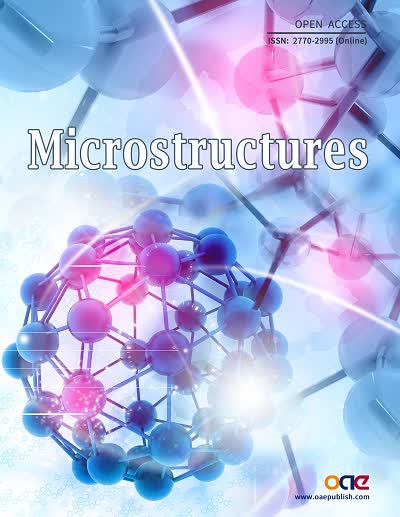












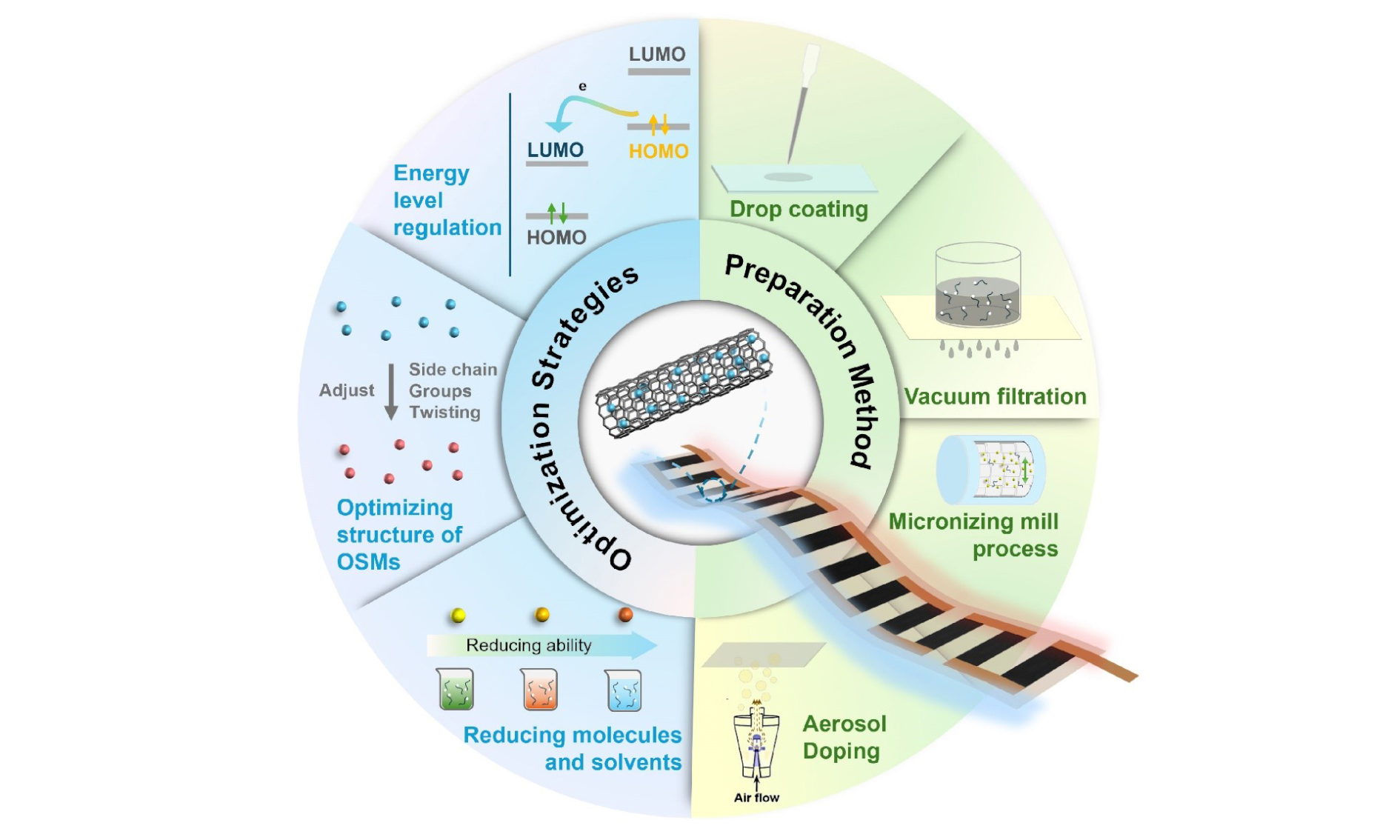

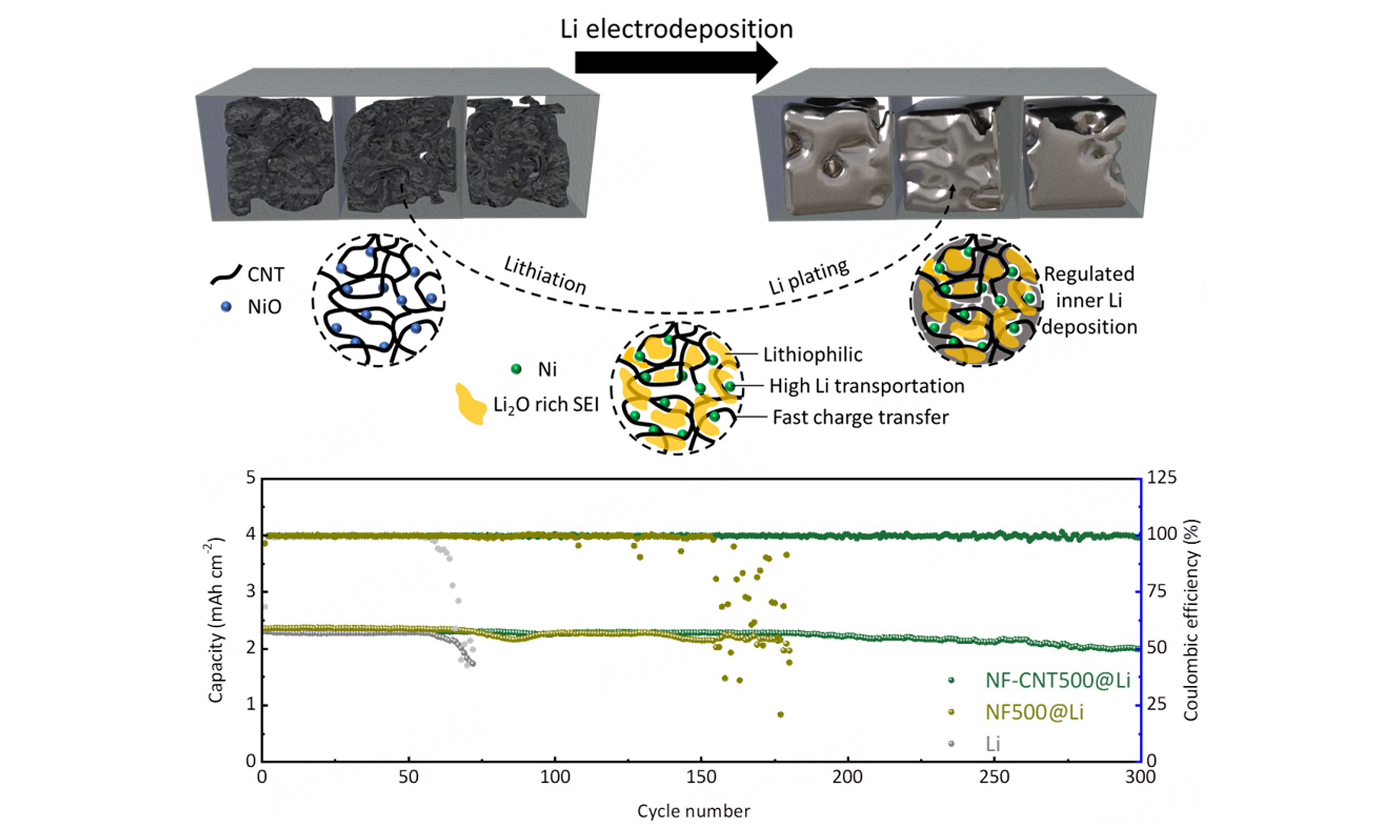
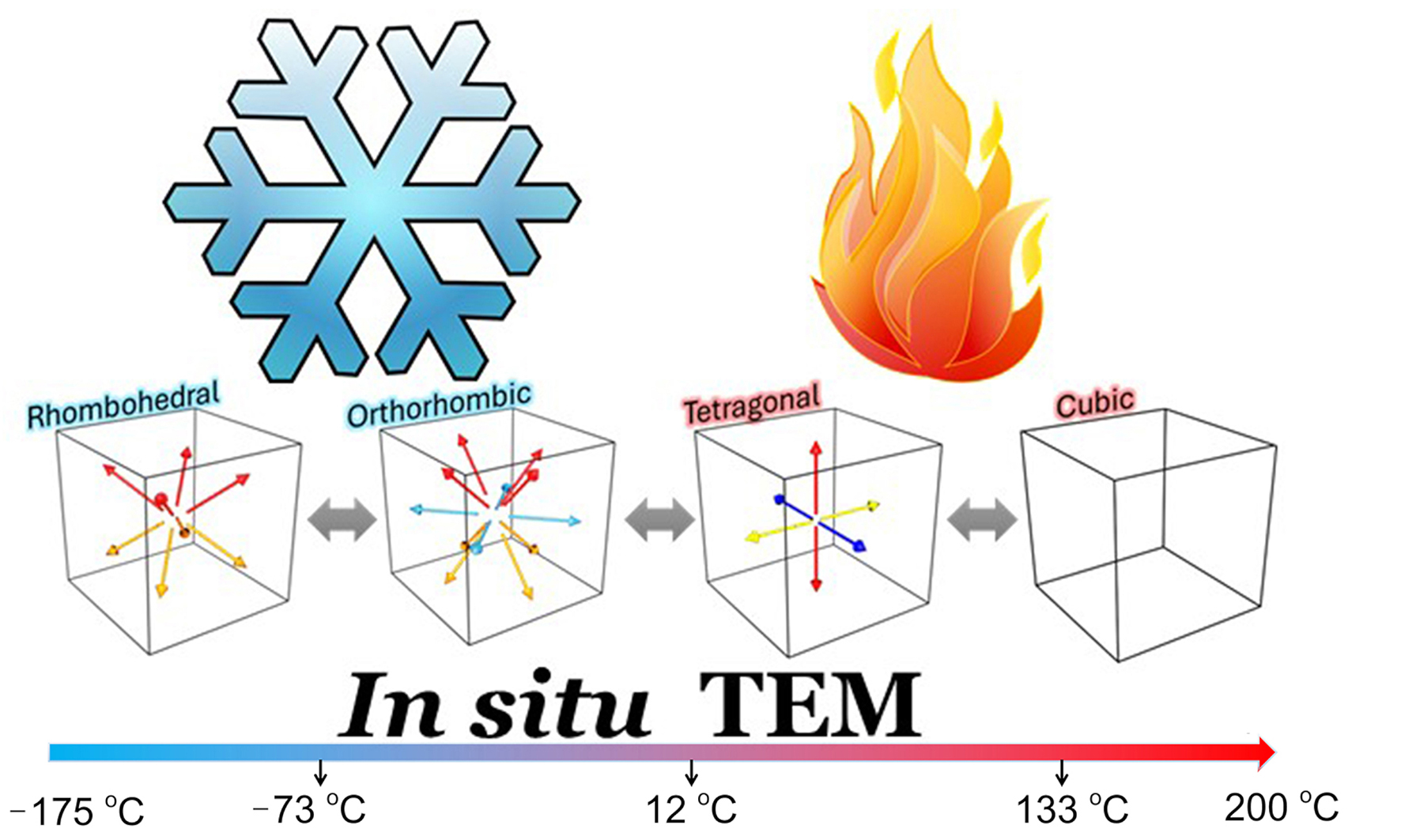
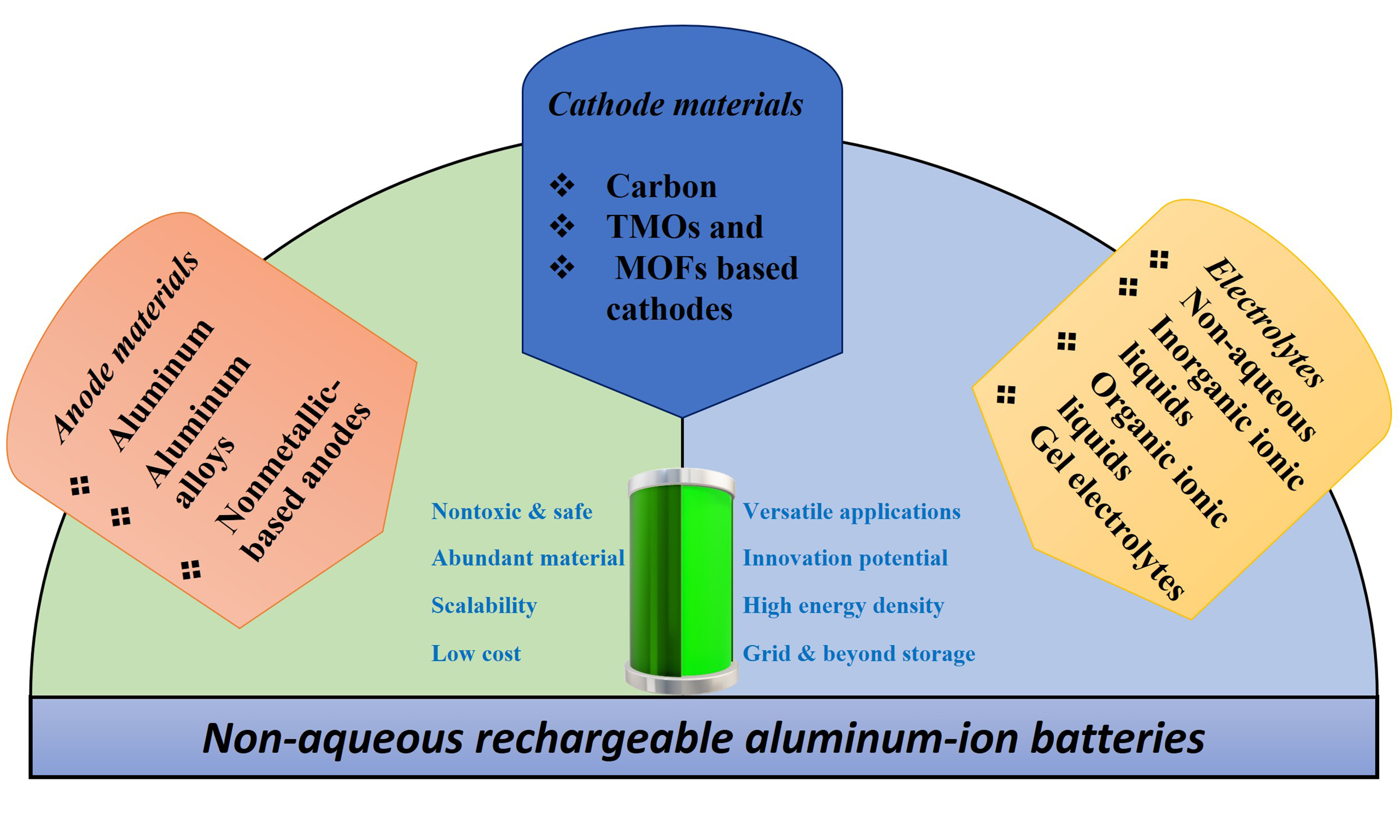
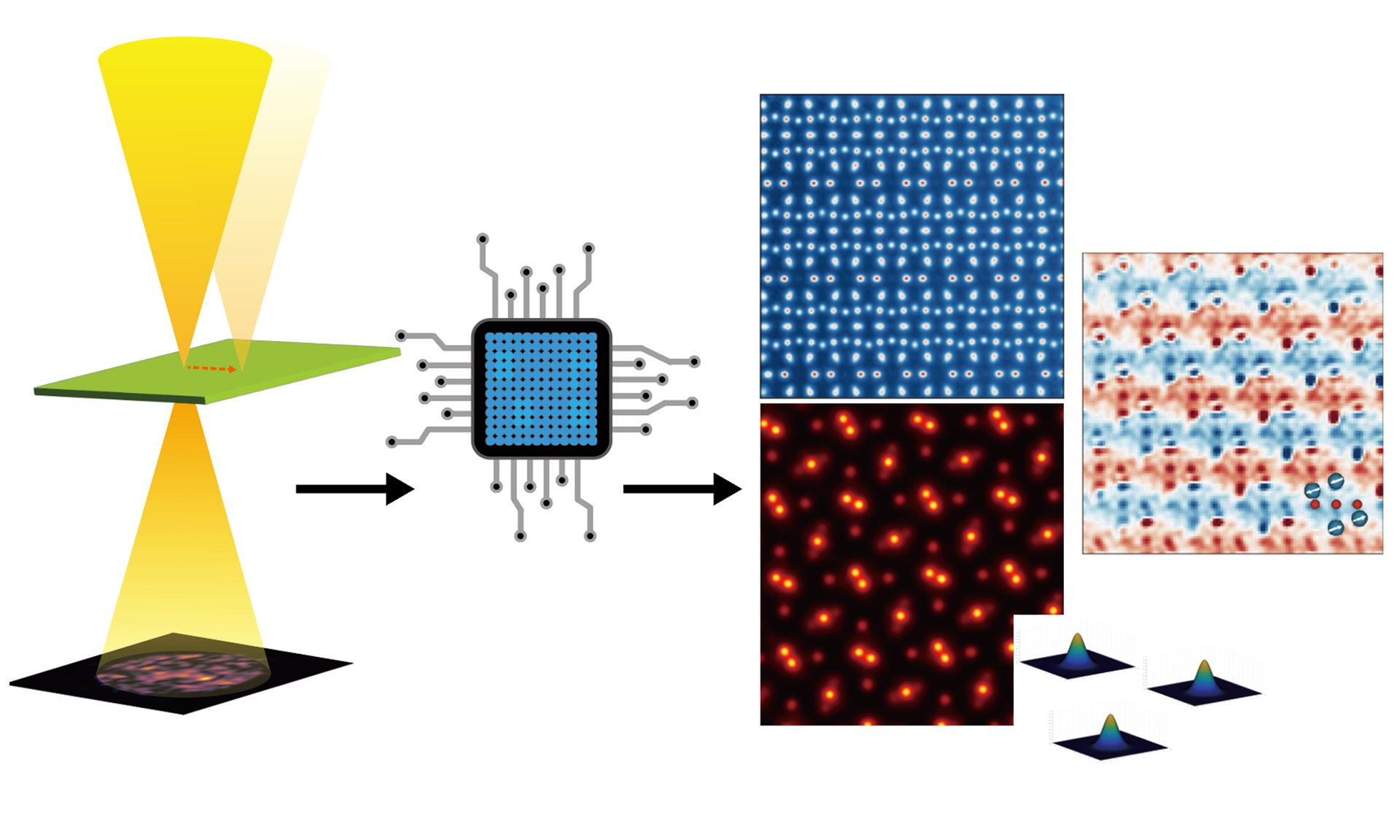

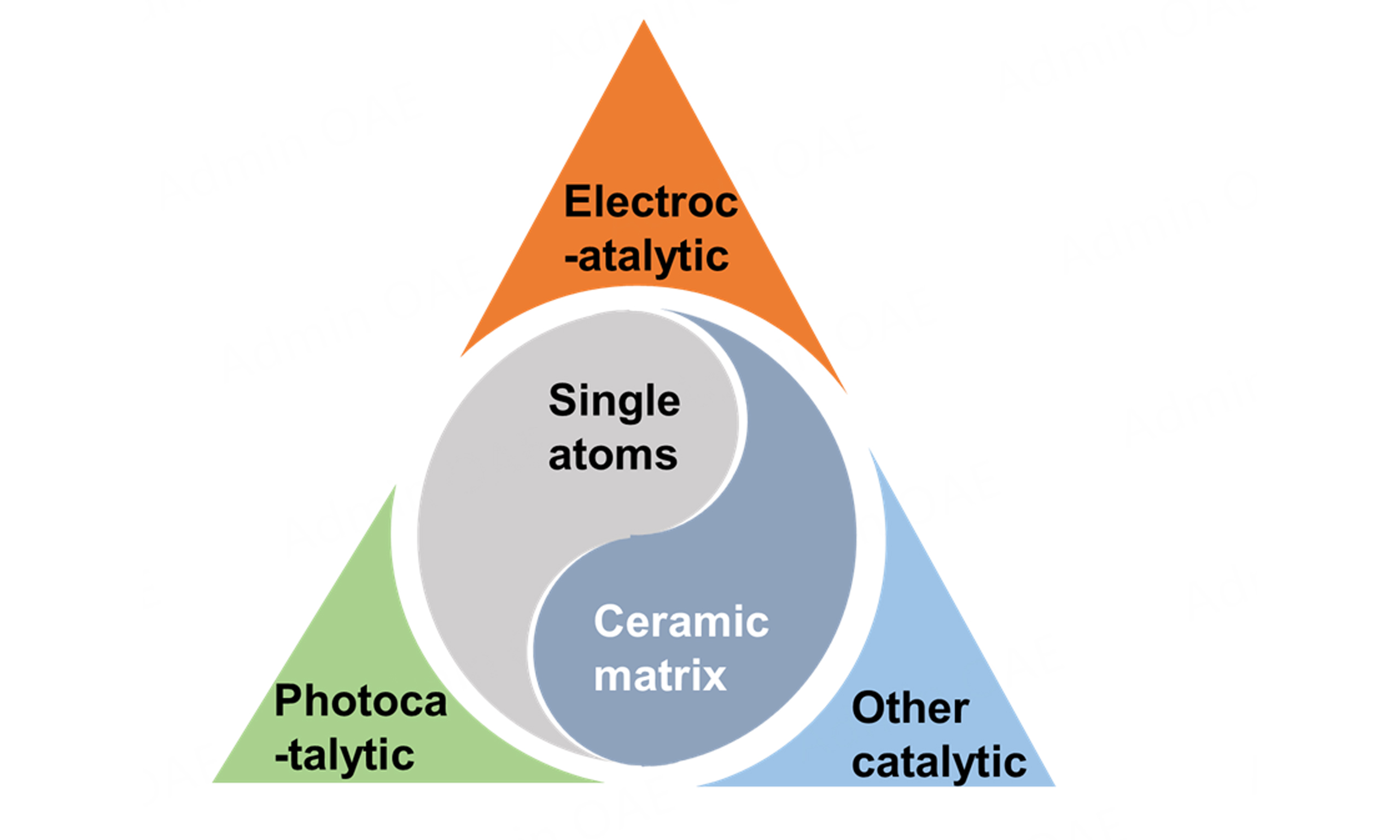
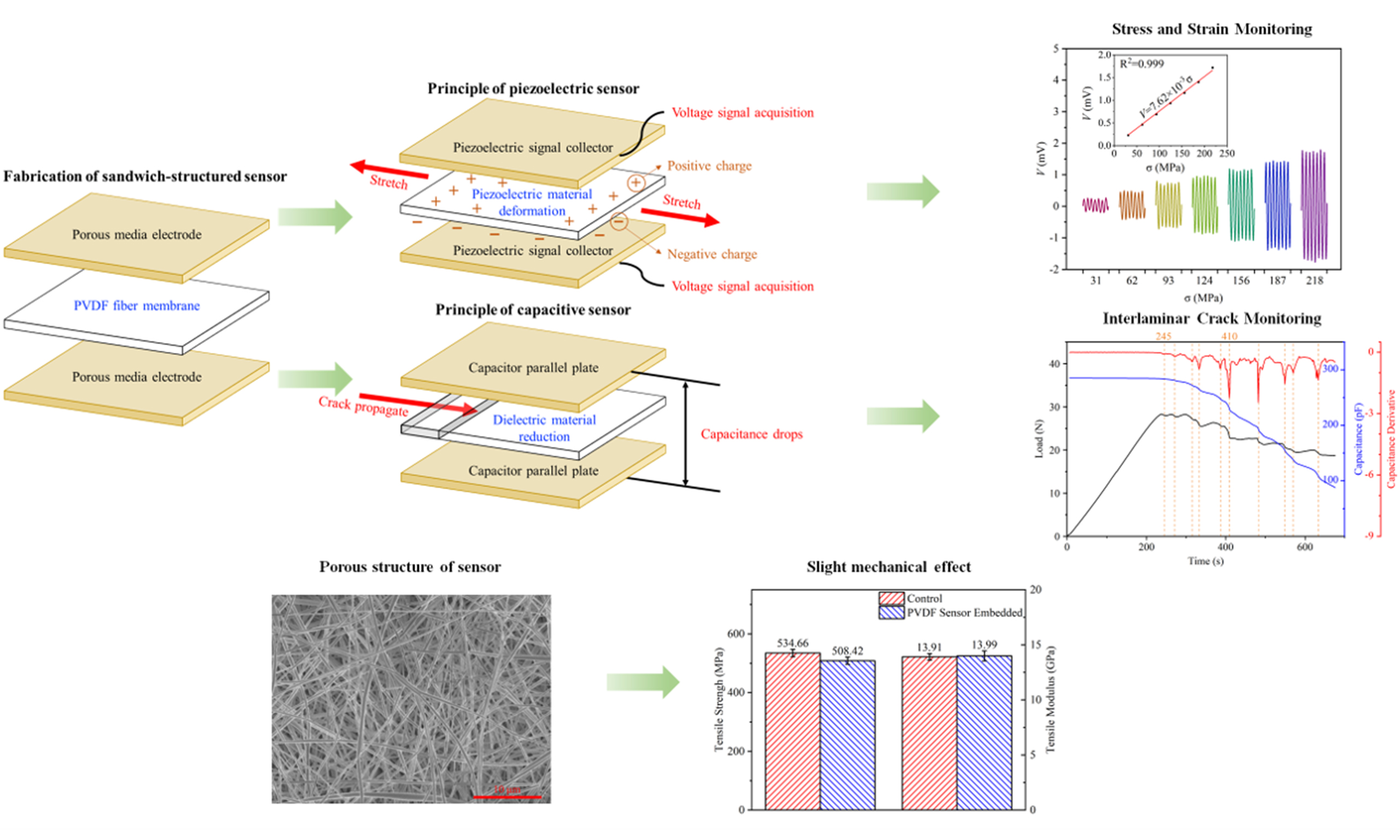







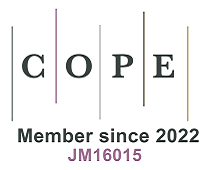








Comments
Comments must be written in English. Spam, offensive content, impersonation, and private information will not be permitted. If any comment is reported and identified as inappropriate content by OAE staff, the comment will be removed without notice. If you have any queries or need any help, please contact us at support@oaepublish.com.